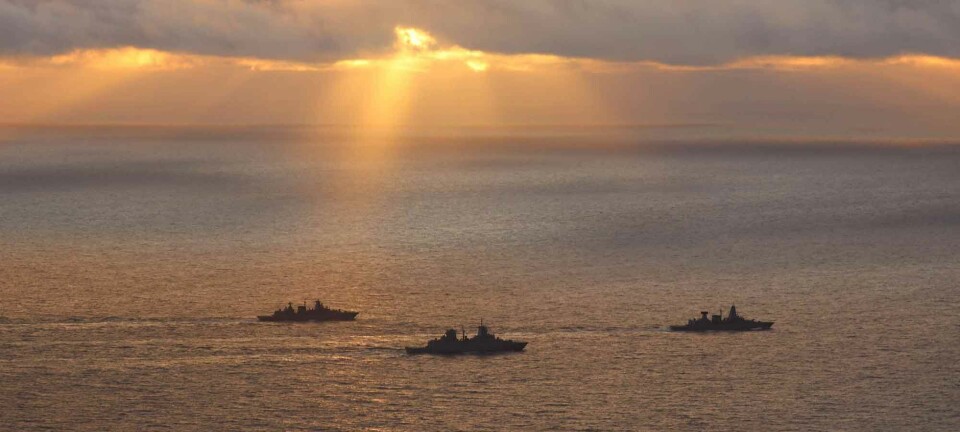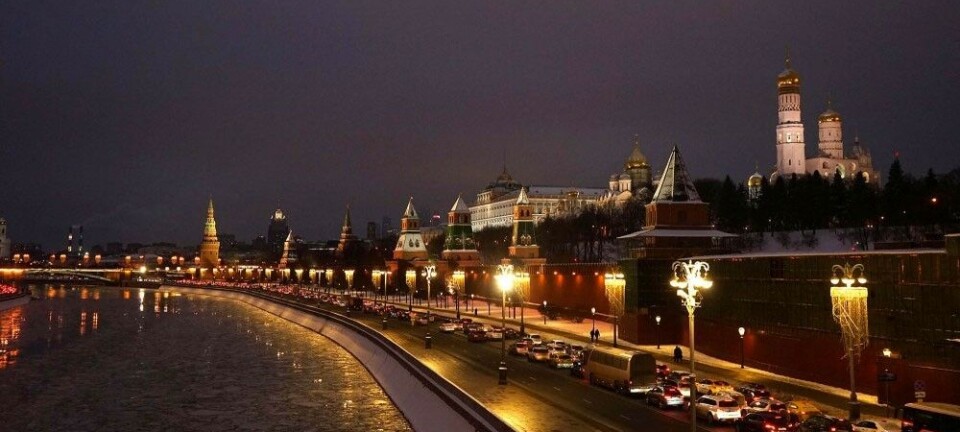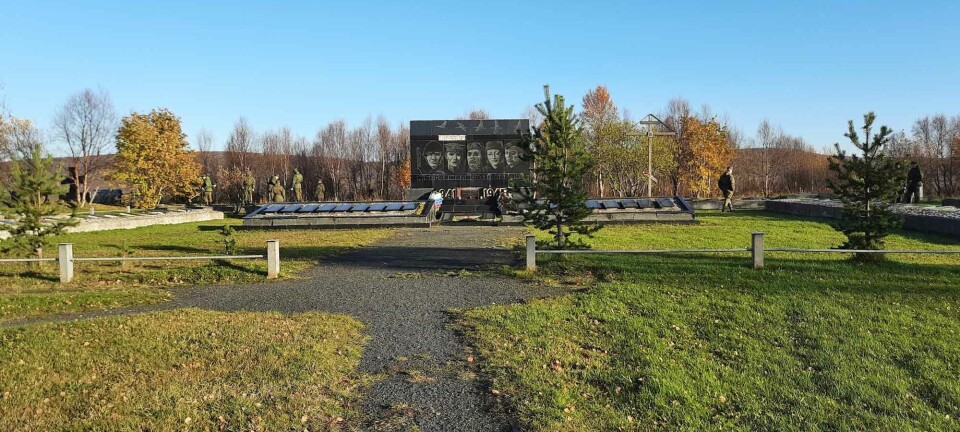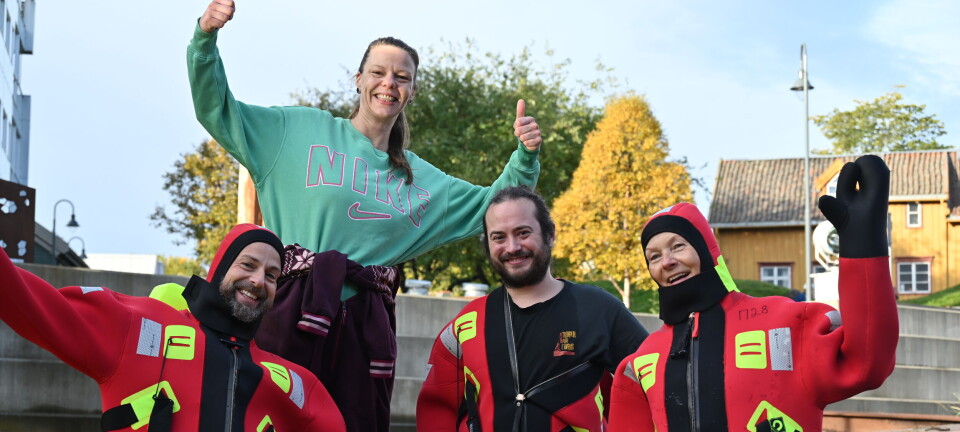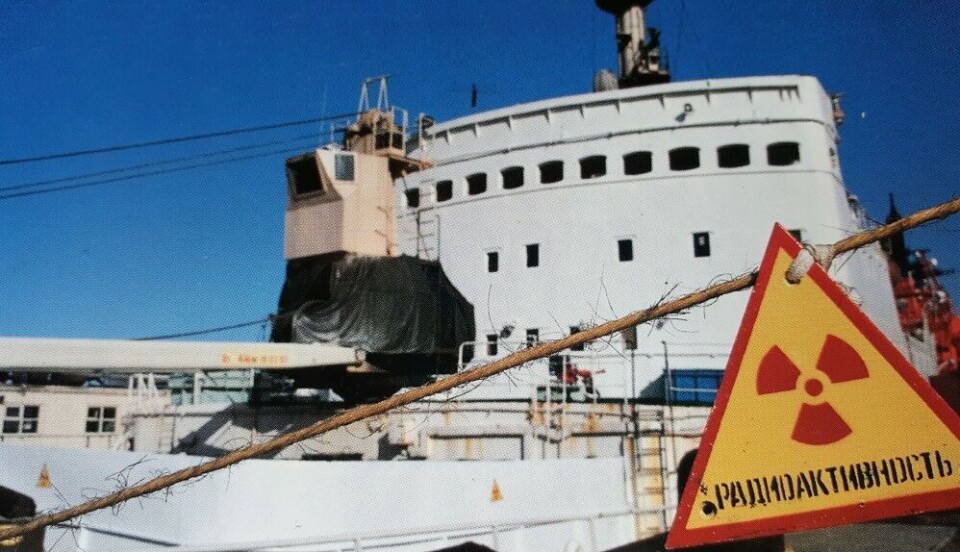
A nuclear ghost from Murmansk’s Soviet past is finally emptied
27 years of international cooperation ends successfully as the last batch of damaged uranium fuel rods is lifted out of the infamous Lepse shipwreck at a yard in northern Russia.
“International cooperation was a very important factor, because those days, there was simply no such thing,” says Andrey Zolotkov, a nuclear expert with the Bellona Murmansk environmental group.
Back in 1994, Zolotkov worked as a radiation safety engineer at Atomflot, the division of Murmansk Shipping Company those days in charge of Russia’s fleet of nuclear-powered icebreakers.
Located in the outskirts of Murmansk, Atomflot was also home to several ships storing spent nuclear fuel and radioactive waste, like the “Lepse”.
Several ideas for the disposal of Lepse were on the table, Zolotkov recalls.
“There was even an idea to tow the ship away and bury it completely in one of the bays of Novaya Zemlya, not in the water, but on land,” he says in an interview with the Barents Observer.
With radionuclides onboard estimated to be some 28,000 TBq (750,000 Curie), or nearly half the release of the Cesium-137 isotope that contaminated half of northern Europe following the 1986 Chernobyl disaster, the “Lepse” was a ticking threat to people and nature around Murmansk.
The radioactivity origin from 620 fuel elements from the Soviet Union’s first nuclear-powered icebreaker, the “Lenin”. Some of the elements were partly damaged and isolated with concrete after loaded over to the storage tanks onboard “Lepse”. Attempt to remove the uranium fuel out of the hull was considered very difficult and highly risky.
However, an event organized by the Bellona at the Atomflot base in 1994 changed everything.
Flying north on his first visit to Russia, the European Union’s Environment Commissioner Iōannīs Peleokrassas, together with a few Norwegian politicians, entered the “Lepse” and could see with his own eyes how Bellona’s Geiger counter ran riot.
Shortly after the seminar, the EU granted its first-ever money to deal with nuclear waste in Russia after the collapse of the Soviet Union. The funding was earmarked to find a solution for safe decommissioning of the “Lepse”.
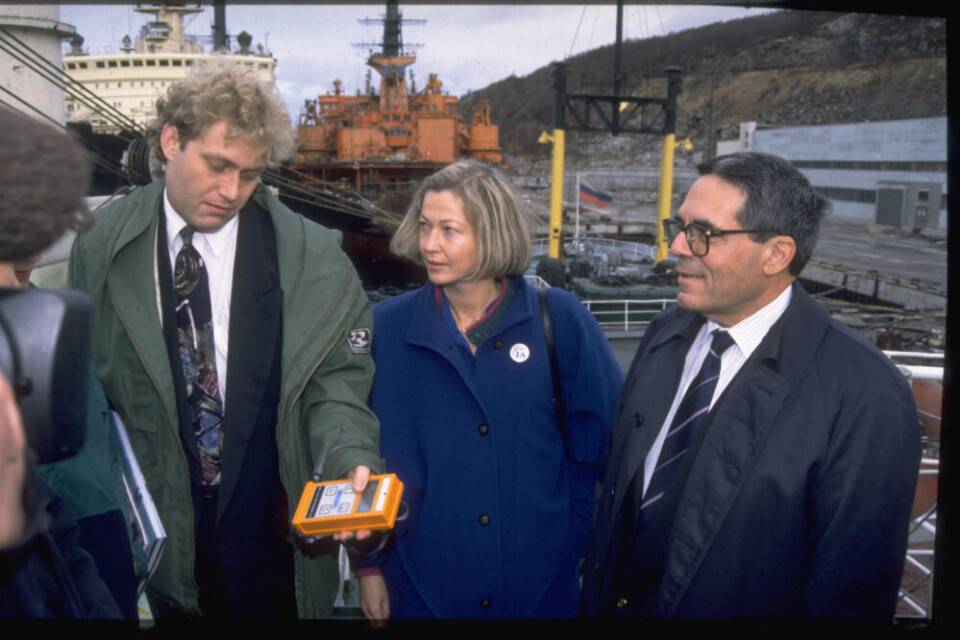
However, it took 27 years from the first initiative to solve what locals in Murmansk named “a floating Chernobyl” till the final damaged fuel elements were lifted out of the hull.
Waiting for technology to be developed, the “Lepse” stayed at a part of Atomflot’s facility sealed off with radiation signs. In the 2000s, the ship which originally was built in 1936 as a cargo carrier was so little seaworthy it was decided to take her into a floating dock to avoid sinking.
The ship was towed to Nerpa shipyard north of Murmansk in 2012 and a few years later, decommissioning work started. Both Norway and the European Union first contributed with funding to conduct risk assessment- and preparatory work.
Later the European Bank for Reconstruction and Development (EBRD) funded the first part of the actual removing the spent nuclear fuel elements that started in 2019, the Barents Observer reported.
According to Bellona’s portal, extracting the last 19 damaged spent fuel assemblies taken out and stored in specially designed casks was done with Russian funding. From Nerpa yard, the spent nuclear fuel casks were taken back to Atomflot in Murmansk and sent by train to Mayak, the Russian nuclear industry’s reprocessing plant in the South Urals.
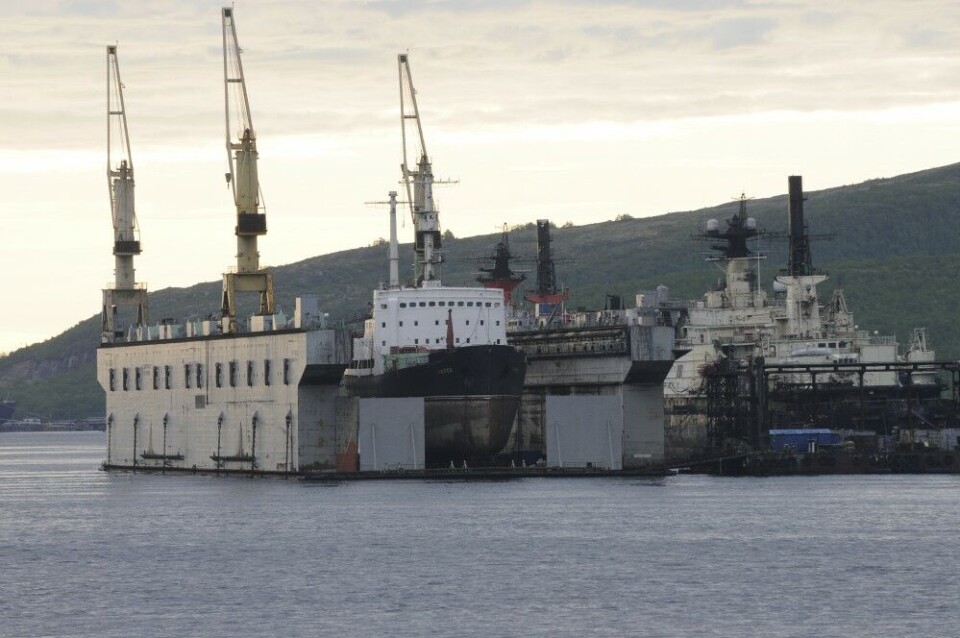
Andrey Zolotkov says the project to deal with “Lepse” became a pioneer opener for international nuclear safety cooperation.
“It played an important role for following projects, like the adoption of the Global Partnership,” Zolotkov says.
The Global Partnership Against the Spread of Weapons and Materials of Mass Destruction is a G7-led, 31-member international initiative aimed at preventing nuclear materials to end up in the wrong hands.
The program has spent billions of dollars on nuclear safety in Russia, including decommissioning of Northern Fleet Cold War submarines and construction of the giant radioactive waste storage site in Saida Bay on the Kola Peninsula.
Anatoly Grigoriev, head of international technical assistance projects at Rosatom State Corporation is quoted by the Bellona portal saying the work on spent nuclear fuel from “Lepse” required very unique technology.
“We can say with confidence that colossal work has been successfully carried out, work of global significance, which shows the success of both Russia and international cooperation,” said Grigoriev.
“As a result, a long-term problem was solved, which manifested itself in the 80s of the last century. We searched for a solution for a long time, but now the whole world can calmly let out – this problem has been solved,” he stated.



